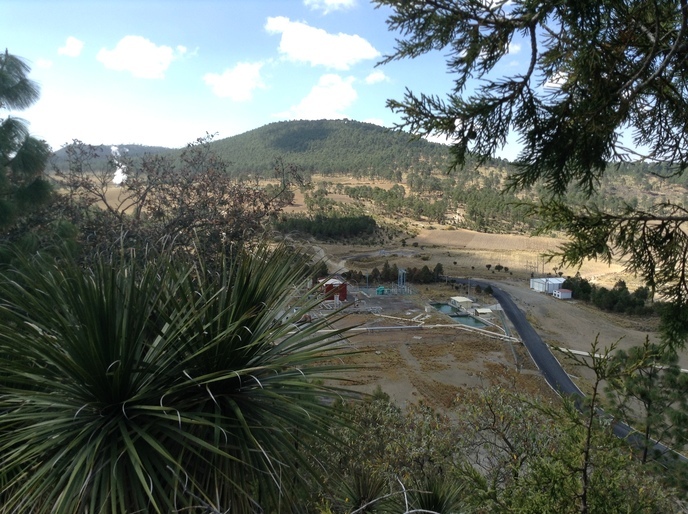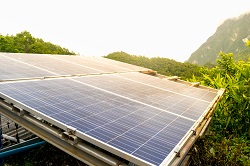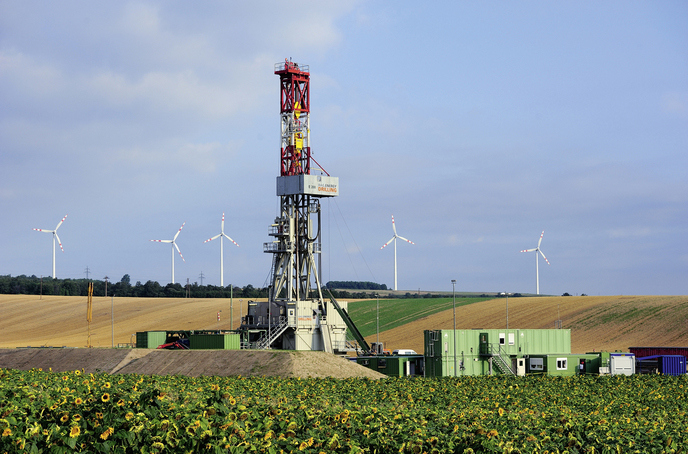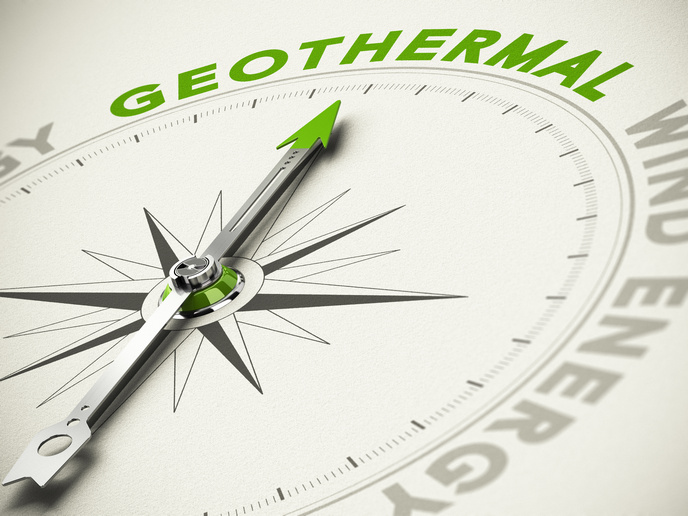Europe-Mexico collaboration tackles unconventional geothermal systems
Geothermal energy is underutilised, despite offering a local energy source, available 24/7. It could be used for heating and cooling throughout Europe and for electricity generation in regions with higher geothermal temperatures such as Croatia, France, Germany, Greece, Hungary, Iceland, Italy, Romania and Serbia. The EU-funded GEMex project was formed as a European consortium, in conjunction with a Mexican consortium, under the auspices of the EERA joint programme of geothermal energy. Working at two geothermal project sites in Mexico, Acoculco and Los Humeros, it assessed their resources, characterising reservoirs and developing concepts for future site development.
Exploring unconventional geothermal reservoirs
While geothermal energy has been used in Europe and in Mexico for some time, both regions’ consortium members were interested in unconventional geothermal systems: enhanced geothermal systems (EGSs) and superhot geothermal systems (SHGSs). EGSs are geothermal reservoirs with promising high temperatures but without enough initial rock permeability or fluids in the rock to transfer sufficient heat to the surface. SHGSs are geothermal reservoirs with very high reservoir temperatures (sometimes above 350 °C), higher than currently exploited anywhere. Such high temperatures would provide more energy per well than the standard geothermal installations. While ideal for geothermal electricity production, the harsh subsurface conditions challenge drilling and well completion methods and materials. The Acoculco site is very hot (300 °C at 2-km depth), but two deep wells encountered hardly any fluids, necessitating an EGS – never before accomplished in Mexico. Los Humeros is an operating geothermal system where a superhot part of the geothermal field, with temperatures above 400 °C, remains undeveloped. GEMex researchers applied geological, geochemical, geophysical, volcanological and hydrological tests (including passive seismic, magnetotellurics, gravimetry and soil gas) to characterise the reservoirs at depth and determined rock and fluid properties and their response to temperature and pressure changes in laboratory tests. The results of this research were combined with updated regional and reservoir models as the basis for further development and exploitation. A concept for EGS at Acoculco considers the existing fracture network and geological information, as well as the physical properties of the rocks at depth, to propose hydraulic fracturing measures in one or both of the deep wells. The concept for Los Humeros proposes well locations for access to the deep, superhot fluids, and operational well designs (including suitable materials) for safe and successful operations. “At Acoculco, a fracture zone was identified that could be connected to the borehole by hydraulic stimulation to make the reservoir more permeable and serve as a naturally water-bearing zone,” explains David Bruhn, project coordinator. “In Los Humeros, work indicated a reservoir deeper than the one currently exploited – this has not been investigated before.”
Sustainable site development
GEMex supports the EU’s Strategic Energy Technology Plan to develop and deploy low-carbon technologies. To help promote European research, the project developed both an Open Access Database for sharing and publishing project data and results and a Virtual Research Environment for knowledge sharing internally. “GEMex’s proposals should speed up geothermal development in Mexico and Europe, and with its predictive models reduce the risk of wasted investment,” says Bruhn. “We are now discussing potential follow-up projects to include new wells targeting the superhot zone in Los Humeros and perhaps to connect a permeable zone in Acoculco. As a scientist I would greatly welcome and support a Mexican deep drilling project.”
Keywords
GEMex, geothermal, energy, electricity, Mexico, superhot geothermal systems, enhanced geothermal systems, rocks, reservoir, drilling, wells, borehole







